
Art | Resources
Cotton organic towels
Question from Meryl
Hi Debra,
Thanks for a great site!
I am looking for organic cotton bath towels and bath mat in beige for my bathroom.
Do you have any new recommendations?
Thanks very much for any info!
Debra’s Answer
This was not difficult to find online.
I just typed “organic cotton bath towels beige” into Google and got a number of responses.
Here are some from a popular online retailer:
Here are some other choices…
Plenty to choose from. Also more at Debra’s List: Bath Linens
Hypoallergenic Cluster Fiber
Question from Jamila
Hi Debra,
doing some research, trying to find out what actually IS hypoallergenic cluster fiber used in mattress toppers…is it entirely free of chemicals that can out gas? how can a polyester fiber be hypoallergenic??
Debra’s Answer
Labeling says cluster fiber products are “100% polyester,” but that may be the primary material. Unknown chemicals may be present that are not accounted for.
Cluster fiber is a synthetic alternative to down.
It is “hypoallergenic” because it does not lead to allergic reactions caused by down and feathers.
Nontoxic Mattress Pad for Bedridden Elderly?
Question from Karen
Hi Debra,
I am looking for a mattress pad that will help eliminate bed sores and ulcers for my bedridden husband. We tried a polyurethane product that was nearly $100 for a single bed. It emitted an odor that was unacceptable and we returned it. I have found some websites that are selling a latex based mattress pads but I can’t find any information about whether they are recommended for bedridden elderly people. Do you have any help for me?
Debra’s Answer
Ask the retailers who are selling the latex pads if they are suitable for your needs.
Readers, any experience with this?
Dog Stink
Question from Miko
Hi Debra,
I have dogs and I hate their smell ,and it seems to be a constant struggle to keep them clean/ not stinking with their weekly bath; I use ONLY organic ,human shampoos and that only lasts a couple of days,smell-wise
any ideas about organic alternatives for their bathing? Enzymes ?
anything ,also organic,and non toxic ( the catch words ) to freshen up the air until the next weekly bath? diffusers? incences?
I have a giant and powerful airfilter,which helps with the dust and hairs,etc but the dogs still stink pretty badly
Thanks.
Debra’s Answer
I don’t have dogs, so readers, any suggestions?
Toxic Free Down and Feathers for Pillows and Comforters
Last week I received a comment posted to Q&A: Non-Toxic Comforter. It really needed a whole post to answer, so here I am.
Here’s the comment:
I came to tbis page looking for info as to whether it’s possible to find a non toxic down comforter and thought I’d find info, given the title above but I’m not seeing the toxicity issue addressed. Did I overlook something? It’s my understanding that two of the main concerns w down is that it’s chemically processed and as with most bedding contains fire retardants and other chemicals. Is it possible to get a down comforter free of all these toxic ingredients?
And the answer is yes, it is possible to get a down comforter without chemical processing or fire retardants.
But first I want to answer the question about possible toxic exposures from down.
I’ve been researching and writing about nontoxic and natural products for more than thirty years. And I’ve owned and slept under a few down comforters. I never noticed them to be toxic in any way and so never did any research about how they might be toxic.
However, reading that down might be chemically processed and contain fire retardants, I had to research those specific questions and also see what is being offered today with regards to down comforters.
How Down is Collected
According to the American Down & Feather Council, “80 percent of the down and feathers used globally [are] produced in China; the majority—90 percent—come from ducks.” If you want to read more about this, and how the down is removed from the ducks, you can read all about this here.
But not all down is produced this way.
“The pure and comforting feathers that fill each of our 100% organic cotton shells travel a whopping one hundred miles down the road from Indiana where they are gathered on a small duck farm.” —Coyuchi.
“hand harvested during the molting season of the bird in a effort to not harm the beautiful bird’s or there habitat. After harvesting the down is hand sorted into different levels of quality based on the size of the harvested clusters. The larger the cluster the better the quality. Harvesting and sorting goose down by hand is very tedious and time consuming but it ensures consistent fill quality across our brands from year to year.” —Down & Feather Company.
There is now a Responsible Down Standard that uses Control Union (a certifier of organic agricultural materials) to certify down and feather that come from birds primarily raised for meat and meet strict animal welfare standards. I don’t know what those standards are because the standards page on the RDS website had been removed.
So in choosing a comforter, you want to look for a description of where the down was sourced and by what method. If the website doesn’t tell you, ask.
How Down is Processed
After down is collected, dust and dirt must be removed. This occurs through washing and drying. Washing agents may be used with unknown ingredients and fragrances. Otherwise, it’s pretty much wash and dry in a drying machine.
The International Down & Feather Testing Laboratory , located in Salt Lake City UT “audits and inspects the entire supply chain including farms and other raw material sources, slaughterhouses, synthetic fiber processors, down and feather processors and finished product sewing factories.” So you might want to find out if the down has been inspected by this organization, but I don’t know their standards.
Chemical Treatments Used on Down
The only chemical treatments I could actually find that are used on down are for making it moisture-resistant.
This down is often called “dry-down,” “hydrophobic down” or something similar. It seems to be being offered as an option, so you can choose to avoid it. Or it would be on the label as a benefit. If you don’t see mention of it on the label, it’s likely the down is not moisture-resistant.
The reason down is treated for moisture resistance is because when down gets wet, it loses it’s loft.
What chemical is used to treat the down is anyone’s guess. “some sort of chemical water repellant, “ ” a molecular level polymer applied to individual down plumes during the finishing process, ”nano technology.” I’m guessing that it’s a perfluorinated compound (PFC), which is used to waterproof many outdoor materials. It’s pretty toxic. Teflon is a PFC.
I did find a treatment for moisture-resistance called “Tan-O-Quil-QM.” There is a whole report available about this treatment that says it is a chrome tanning agent used to increase the fill power and a hydrophobic from complex to increase the water repellency. Now I don’t know if this is still being used. The report is from 1968 and the Code of Federal Regulations says that no down can use the term unless the agent actually has been applied to the down. I couldn’t find any down with Tan-O-Quil-QM online, so I think this is obsolete. But chrome may still be used for waterproofing just as it is used for tanning leather.
There is also some speculation that down is treated with formaldehyde, moldicides, flame retardants and other chemicals, but the only actual data I found online was for moisture proofing. And not much on that.
I doubt that you would find flame retardants on down itself. It’s more likely that the finished item would be treated. Researching this I found a post from this very blog where I reported on a study of flame retardants in pillows As expected there was a huge amount of flame retardants in the polyurethane foam pillow (because it is so flammable) and only 6 parts per million in a feather pillow that probably was not even treated.
Comforters Made With Chemical-Free Down
If you are looking for untreated down, forget about buying your comforter at a discount warehouse and instead look for small businesses online.
Here are a few I’ve found.
Northern Goose Down
“truly hypoallergenic & chemical free Goose Down”
Dewoolfson
“Our experience has shown, however, that these chemicals are toxic and not something that we, or our customers, would want to sleep under every night. We know of one case where an employee was exposed to these chemicals, causing burn-like blotches that required several weeks of treatment. It’s far easier and safer to just store your down products carefully, and like anything else, away from damp areas. ”
Coyuchi
“All of our down duvets and pillow inserts are made in the U.S.A. The pure and comforting feathers that fill each of our 100% organic cotton shells travel a whopping one hundred miles down the road from Indiana where they are gathered on a small duck farm. Before filling the inserts, the down is treated with steam twice to kill bacteria and gently washed with a fragrance-free, non-toxic soap to remove bacteria that is incidental to feathers and down. Next, a water-based, non-toxic chemical is used to reduce the static charge that is associated with natural filling. Both the winter weight and lightweight duvets have a 600-fill power for a cozy and comforting sleep.”
Pacific Coast Bedding
Has a whole page on how they process their down.
Allergy Buyers Club
“The down and syriaca in these comforters is the cleanest, least treated fibers we could find anywhere. The down is de-dusted and gently washed up to 8 times in an environmentally friendly cleansing solution and rinsed three times. This cleaning process and renders it pH neutral. This is the most hypoallergenic down comforters we could find – due to the quality of materials used, cleaning process and the addition of the addition of the natural syriaca clusters.”
Help the FTC Stop Organic Fraud
We all want to buy organic, but in order to find out if a product is actually organic, it needs to be properly labeled.
Unfortunately, there are many non-food products that misrepresent themselves as being “organic” with false claims or misleading language.
Organic food has to be certified to the U.S. Department of Agriculture’s National Organic Program (NOP) standards. Non-food products may be certified to USDA Organic food standards, but the NOP doesn’t require certification and it doesn’t enforce against most false “organic” claims on personal care or textile products.
The good news list that the Federal Trade Commissions (FTC) has landed an investigation into organic fraud.
And they want to hear from us about how to stop organic fraud.
Read more about the problem and sign an FTC petition here
To make sure you are getting real organic products:
- For food products—look for the USDA Organic
- For textile products—look for the Global Organic Textile Standard (GOTS)
- For personal care products—look for USDA certified organic ingredients and companies that are certified organic handlers.
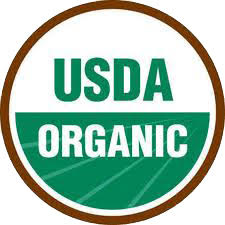
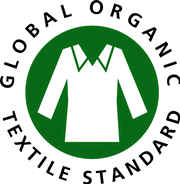
Frog Hollow Farm
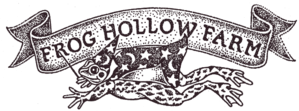 Sweet, tree-ripened organic fresh and dried fruits plus various food products, all grown on their certified organic farm in California. Multiple varieties of cherries, apricots, peaches, nectarines, plums, pluots and pears. These are superior quality fruits. They have a shop and cafe in the Ferry Building Marketplace in San Francisco, and I would always stop and get something when I used to live there. Farm-to-table delivery, fruit clubs.
Sweet, tree-ripened organic fresh and dried fruits plus various food products, all grown on their certified organic farm in California. Multiple varieties of cherries, apricots, peaches, nectarines, plums, pluots and pears. These are superior quality fruits. They have a shop and cafe in the Ferry Building Marketplace in San Francisco, and I would always stop and get something when I used to live there. Farm-to-table delivery, fruit clubs.
Cafe Altura Gourmet Coffee
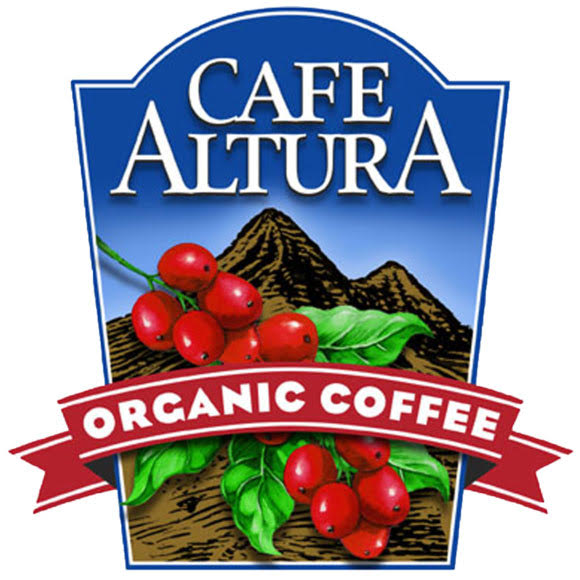 “The original organic coffee, since 1980.” This coffee comes from the Finca Irlanda farm in Chiapas, Mexico, which has now been growing coffee using organic and Biodynamic techniques for decades. It is believed to be the first certified organic coffee farm in the world. Choose from whole bean, ground, and even instant certified organic coffees, including water processed decaf.
“The original organic coffee, since 1980.” This coffee comes from the Finca Irlanda farm in Chiapas, Mexico, which has now been growing coffee using organic and Biodynamic techniques for decades. It is believed to be the first certified organic coffee farm in the world. Choose from whole bean, ground, and even instant certified organic coffees, including water processed decaf.
Creekside Farms
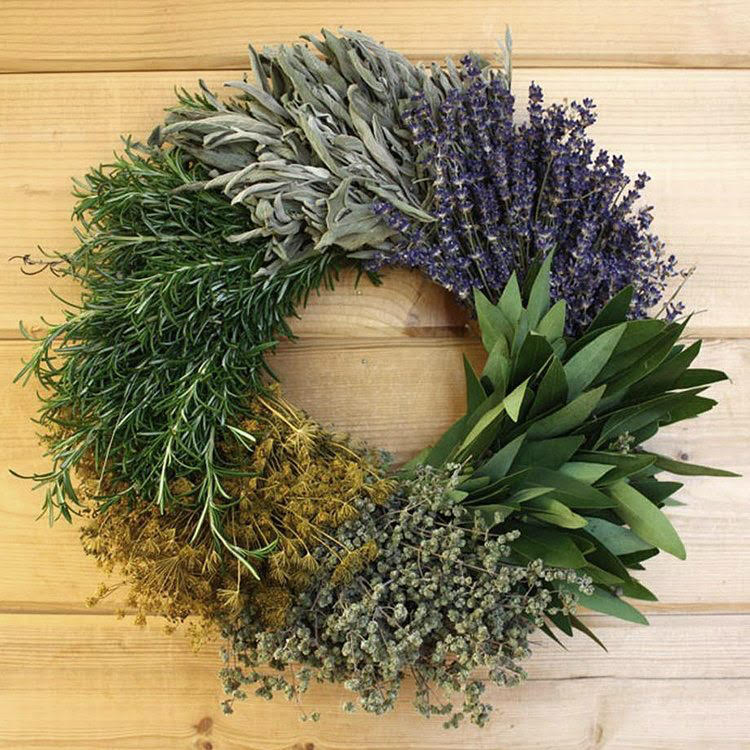 Artisan made wreaths, made on a farm that grows all their materials. Beautiful seasonal wreaths for home and gifts, plus fresh garlands and centerpieces and wreaths with lavender. “Our herbs and flowers are grown naturally without harmful pesticides. We grow and use lavender, olive branches, rosemary, sage, marjoram, oregano, thyme, cilantro, dill and various flowering herbs, such as yarrow, monarda and feverfew in our designs.”
Artisan made wreaths, made on a farm that grows all their materials. Beautiful seasonal wreaths for home and gifts, plus fresh garlands and centerpieces and wreaths with lavender. “Our herbs and flowers are grown naturally without harmful pesticides. We grow and use lavender, olive branches, rosemary, sage, marjoram, oregano, thyme, cilantro, dill and various flowering herbs, such as yarrow, monarda and feverfew in our designs.”
Modern Wool
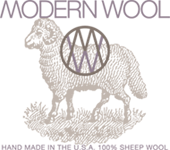 Woolen throws, blankets, scarves and other miscellaneous items made by hand from untreated wool. “We use premium French Merino sheep wool grown in Colorado. Their wool is very soft and not itchy, offering a cozy, comfortable feel for all our products. Next we hand knit them in Southern California. Wool being a natural made material also releases negative ions into the body which build up, strengthen and energize. It is also a temperature regulating material which allows the user to maintain a comfortable body temperature. 100% Wool knits, without synthetic additives, are hard to find and it was in my own fruitless search for them that I decided a product such as this should be on the market and thus Modern Wool was born.
Woolen throws, blankets, scarves and other miscellaneous items made by hand from untreated wool. “We use premium French Merino sheep wool grown in Colorado. Their wool is very soft and not itchy, offering a cozy, comfortable feel for all our products. Next we hand knit them in Southern California. Wool being a natural made material also releases negative ions into the body which build up, strengthen and energize. It is also a temperature regulating material which allows the user to maintain a comfortable body temperature. 100% Wool knits, without synthetic additives, are hard to find and it was in my own fruitless search for them that I decided a product such as this should be on the market and thus Modern Wool was born.






